
|
|
|
|
|
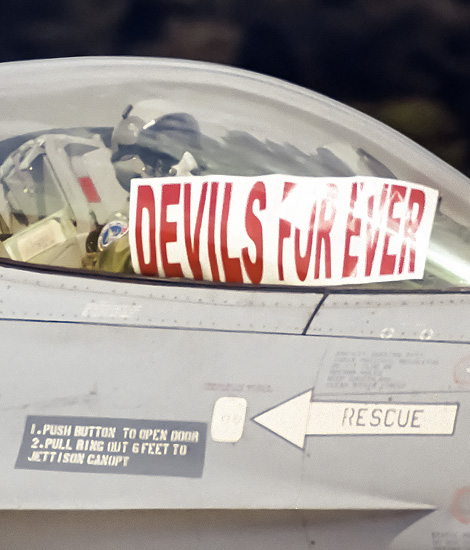
|
The NATO Tiger Meet 2001; Kleine-Brogel, June 19, 2001
The Annual Spotters Day, part 2; Text and Photograph's by Alex van Noye
In four years, the spotter’s day at the Belgian air base Kleine-Brogel became a very big event which recurs every year at this airbase in the northern part of Belgium. The event attracts since it has grown to its present form more than 2,000 visitors each year and this number is growing steadily. It is therefore a big success.
Like the French, the Germans were also very well represented at the Tiger Meet of 2001. The Germans would fly with as many as nine tornadoes during the spotters’ day. The Tornado’s which flew along were from two different German airfields. The first unit which flew along during missions during the Tiger Meet was AG-51. This unit is stationed at the northern German airbase Schleswig-Jagel. This Tornado unit has the photo reconnaissance mission within the Luftwaffe. The second unit which participated with the Tornado was JBG-32. This unit is stationed at the southern German airbase of Lechfeld. JBG-32 flies with the Tornado ECR. This variant of the Tornado is used for electronic warfare. The Tornado ECR is equipped with various weapons to perform this task. The German Luftwaffe was during the spotters’ day also present with a single MiG-29A "Fulcrum". These aircraft are stationed on the German airbase Laage in northern Germany. The German MiGs are a legacy of the former East Germany. The aircraft are at Laage assigned to JG-73 which is named after the German ace Steinhoff from the First World War. The MiG-29 was during the Cold War a feared plane. After the fall of the Berlin Wall, the MiGs of JG-73 were at virtually every NATO exercise invited to participate. The last German participant in the Tiger Meet was a single F-4F Phantom. The aircraft which flew along during the missions came from the German airbase Rheine-Hopsten. The Phantoms flying at this West German airbase are of JG-72 and are mainly active in the role of air defense fighter.
The Swiss participation consisted of only a single Mirage IIIRS. The Mirage III is the oldest aircraft of the French Mirage family. The aircraft has been developed in the late 50s and early 60s, the Mirage III was then ahead of its time and was therefore a superior aircraft when it entered service. The Swiss have flown for years with the Mirage III. The only type of aircraft which is still in use is the Mirage IIIRS at the Swiss airbase Dübendorf. The Mirages fly here at Fliegerstaffel 10 and are operational in the
|
|
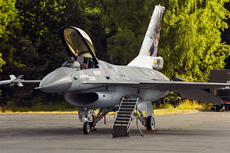
|
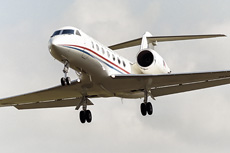
|
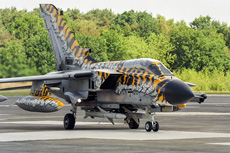
|
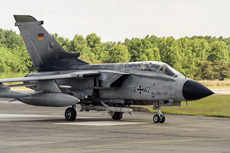
|
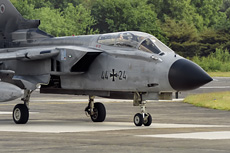
|
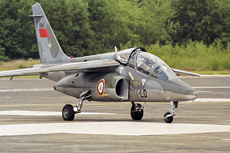
|
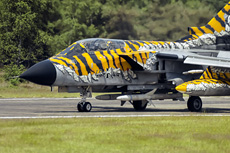
|
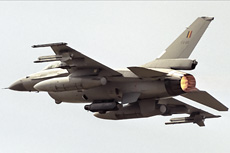
|
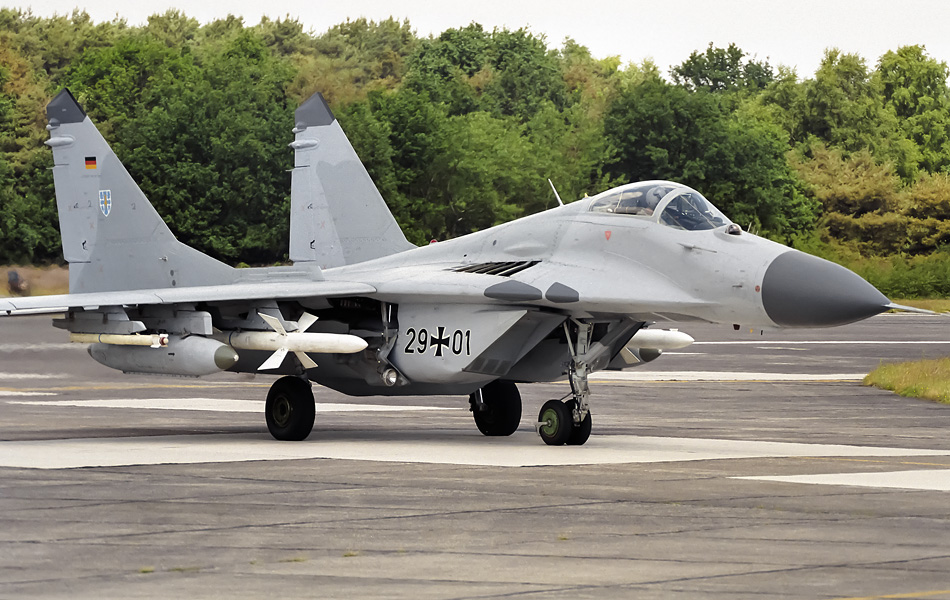
|
role of photo reconnaissance. The Mirage IIIRS is in Switzerland the last operational aircraft of its kind in Europe. Nowadays the Mirage IIIRS is in Switzerland on list to be withdrawn from operational service. However, there is still no final decision made on the fate of these aircraft. The Portuguese were at the Tiger Meet present with two Alpha-Jets. The Portuguese Alpha-Jets are second hand aircraft which were taken over from the Germans when it spontaneously retired all its Alpha-Jets. The Portuguese use the Alpha-Jet A in the role of jet trainer and light attack aircraft. The Alpha-Jets are assigned to the 103 Esquadron at Beja Air Base in southern Portugal. One of the Alpha-Jets was completely painted in tiger colors during the spotters’ day. The Italians attended the spotters’ day with only one Piaggio PD808GE. The small aircraft flies at the 14° Stormo which is part of the 71° Gruppo. This unit is stationed at the Italian airbase Pratica di Mare near Rome.
The Turks are like many other participants always active participants at the NATO Tiger Meet. The Turks would fly this year along with four F-16s. The group of participating F-16s consisted of two F-16C Fighting Falcon and two F-16D Fighting Falcon fighter aircraft. The Turkish F-16s were all from the Turkish airbase Balikesir. This air base is located in the northwest of Turkey. The F-16s will in Turkey be used in both the air defense role and the ground attack role. Unlike other years, the Turkish F-16s had this year no specially painted tails. The Turkish warplanes are always recognizable by the distinctive bright red Turkish flags on the tail. The Dutch participation during the Tiger Meet consisted of two F-16 Fighting Falcon fighter aircraft. The Netherlands sended an F-16AM and F-16BM to Kleine-Brogel during the spotters’ day. The two Dutch F-16s were from Twenthe Air Base in the eastern part of the Netherlands. The aircraft are flying at the no 313 Squadron. This unit is identified by the badge on the tail containing the image of a tiger. Especially for the occasion, the two-seat F-16 had a big tiger on the tail. In addition to the F-16s there was also a PC-7 present at Kleine-Brogel. This small training aircraft made several low approaches at Kleine-Brogel during the spotters’ day. The Dutch PC-7s are based at Woensdrecht Air Base. The Dutch Gulfstream of the no 334 Squadron from Eindhoven Air Base also made two approaches at Kleine-Brogel. At the end of the morning, there was also a Bo-105 Bölkow of the no 299 Squadron from Gilze-Rijen present at Kleine-Brogel.
The British were this year present at the Tiger Meet with very few participants. The RAF would fly along with only one Jaguar during the spotters’ day. The Jaguar was of the type Jaguar T2. This variant of the Jaguar is used for the training of pilots. The aircraft has a dual cockpit which makes the fuselage longer than the single-seat variants. The Jaguar is a fighter-bomber which was developed by Great Britain and France in the 60s and 70s. The Jaguar which was present at Kleine-Brogel was assigned to the no 6 Squadron. This unit is based on the British airbase RAF Coltishall in eastern England. RAF Coltishall is currently the last remaining Jaguar base in the UK. Besides the Jaguar, also a British Puma HC1 flew along during the spotters’ day. The Puma is a medium transport helicopter which is mainly used for tactical troop transport. The Puma which was present was of the no 230 Squadron. This helicopter is based on the British airbase RAF Benson. This airbase is close to the Salisbury Plain. This area is the largest training area for helicopters in England. The Puma is now already a very old helicopter causing it looks slowly. The last participants of the Tiger Meet in 2001 were the Czechs. These participants were flying during the spotters’ day with two Mi-24 Hind helicopters. The two helicopters were assigned to the 331ltbvt which is stationed in Namest. The Mi-24 is a heavy attack helicopter and has no comparable counterpart in the western world.
|
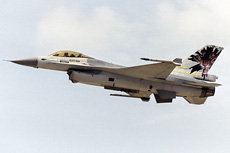
|
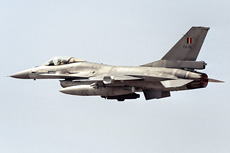
|
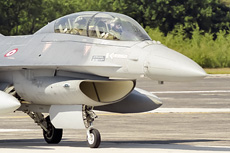
|
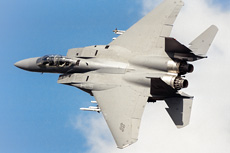
|
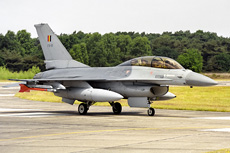
|
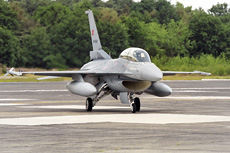
|
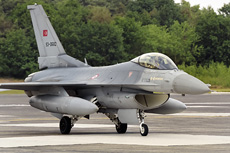
|
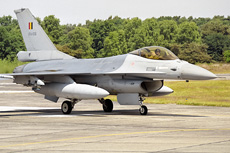
|
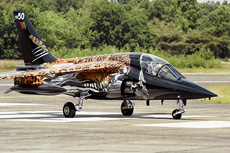
|
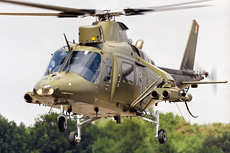
|
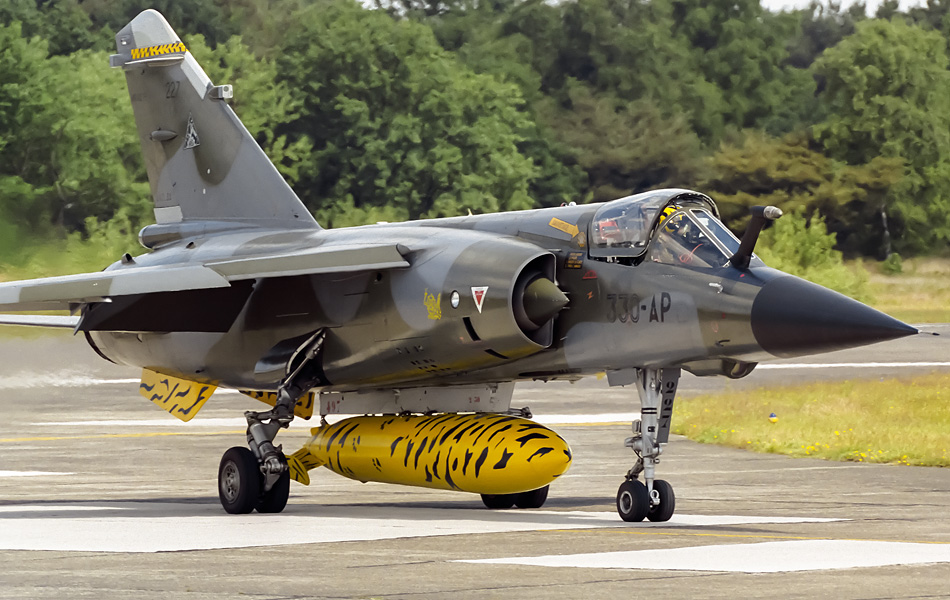
|
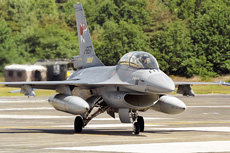
|
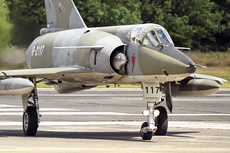
|
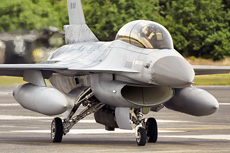
|
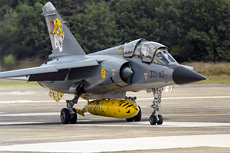
|
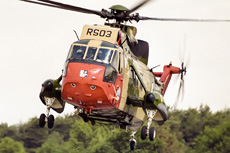
|
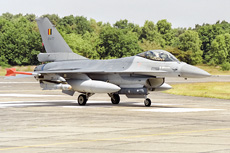
|
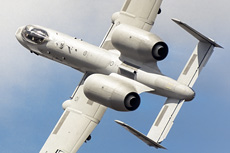
|
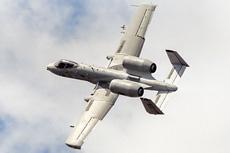
|
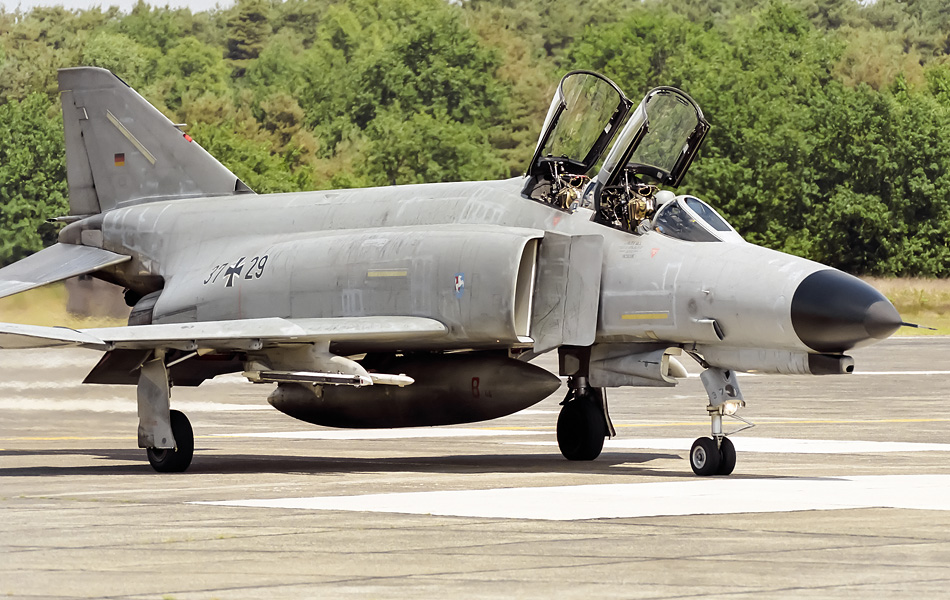
|
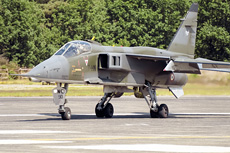
|
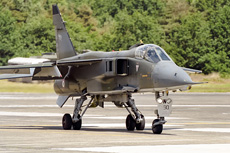
|
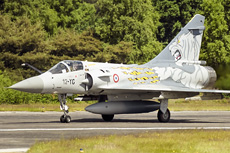
|
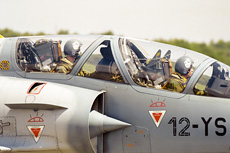
|
|
|

|







